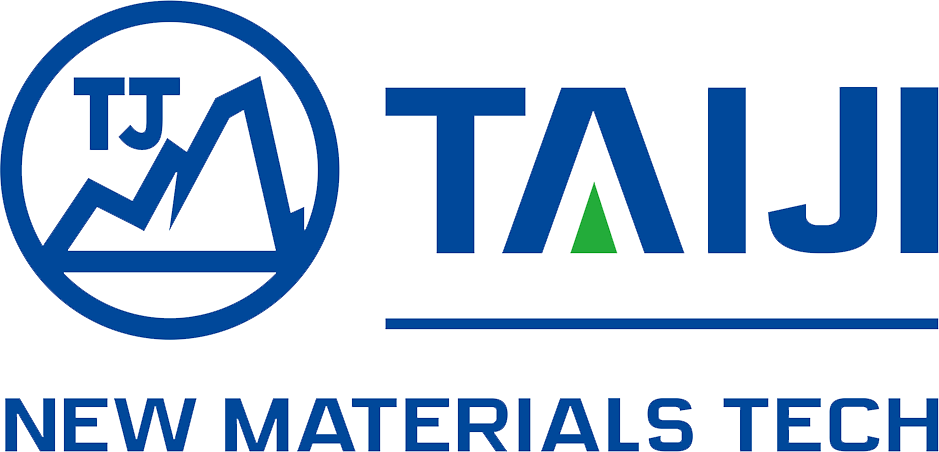What Is The Role Of Geomembrane?
Release time:
2025-02-26
The role of a geomembrane is to serve as a protective barrier, primarily used to control the movement of fluids and gases within various construction and environmental projects. Its main function is to contain or prevent the seepage of liquids, gases, or contaminants, ensuring that environmental systems, structures, and industrial processes remain safe and effective.
The role of a geomembrane is to serve as a protective barrier, primarily used to control the movement of fluids and gases within various construction and environmental projects. Its main function is to contain or prevent the seepage of liquids, gases, or contaminants, ensuring that environmental systems, structures, and industrial processes remain safe and effective.
Key Roles of Geomembranes:
1. Containment
Preventing Contamination: Geomembranes are used to line landfills, mining sites, and chemical plants to contain hazardous materials, preventing them from seeping into the soil and groundwater. In landfills, they act as a liner that prevents leachate (liquid from decomposed waste) from contaminating surrounding areas.
Water Retention: In reservoirs, ponds, and canals, geomembranes are employed to contain water, preventing losses through seepage. This is crucial for water conservation in areas where water resources are limited.
2. Environmental Protection
Groundwater Protection: By acting as an impermeable layer, geomembranes prevent toxic substances, pollutants, and chemicals from entering and contaminating groundwater supplies.
Soil Protection: In industrial and agricultural applications, geomembranes act as barriers that prevent harmful chemicals, fertilizers, and pesticides from entering the soil, preserving soil quality and preventing land degradation.
3. Waterproofing
Infrastructure Protection: Geomembranes are used in tunnels, foundations, basements, and roofs to provide waterproofing. This helps protect these structures from water infiltration, which could weaken the foundation or cause structural damage.
Dams and Levees: Geomembranes are used as linings for dams, canals, and levees to prevent water from seeping through earthen structures, ensuring their long-term stability and effectiveness.
4. Waste Management
Landfill Liners and Caps: In solid waste management, geomembranes play a dual role. They line the base of landfills to prevent contaminants from seeping into the environment and are also used to cover landfills after they are filled, containing gases and reducing odors.
Wastewater Treatment Plants: Geomembranes are commonly used to line lagoons, ponds, and other containment structures in wastewater treatment plants, ensuring that untreated or partially treated wastewater does not leak into the surrounding environment.
5. Erosion and Sediment Control
Slope Stabilization: Geomembranes are used in conjunction with other geosynthetics to stabilize slopes and embankments. They act as barriers to control erosion by preventing water infiltration into the soil, thereby reducing the risk of landslides or soil erosion.
Coastal Protection: In marine construction, geomembranes are used as part of breakwaters, seawalls, or underwater containment systems to prevent the erosion of coastal soils and control sedimentation.
6. Gas Control and Collection
Gas Barriers in Landfills: Geomembranes are used to trap and collect gases, such as methane, generated by decomposing waste in landfills. The collected gases can then be used for energy generation or safely vented to prevent explosions.
Radon and Vapor Barriers: In buildings, geomembranes can act as vapor barriers to prevent the infiltration of harmful gases like radon, ensuring a safer indoor environment.
7. Structural Reinforcement
Roads and Embankments: In road construction and embankment stabilization, geomembranes are used in conjunction with geotextiles to reinforce the ground, improve soil stability, and enhance the load-bearing capacity of the surface.
Geotechnical Engineering: In projects like retaining walls, dam construction, or mining, geomembranes provide support by serving as a separation layer between different materials or as a base liner to prevent water migration.
8. Chemical Resistance and Durability
Chemical Containment: Geomembranes are highly resistant to a wide range of chemicals, including acids, oils, and solvents. This makes them ideal for lining chemical storage facilities, fuel containment areas, and other industrial zones where exposure to hazardous substances is common.
Long-Term Performance: Geomembranes are designed to withstand UV radiation, extreme temperatures, and mechanical stress, ensuring their performance over long periods even in harsh environments.
Summary of Roles:
Containment: Preventing seepage of liquids, gases, and contaminants.
Environmental Protection: Safeguarding soil and groundwater from pollutants.
Waterproofing: Ensuring the integrity of infrastructure by preventing water infiltration.
Waste Management: Lining landfills, wastewater ponds, and other waste containment systems.
Erosion Control: Preventing soil erosion in slopes, embankments, and coastal areas.
Gas Control: Collecting landfill gases and preventing harmful vapor intrusion.
Reinforcement: Stabilizing roads, embankments, and geotechnical structures.
Chemical Resistance: Providing durable protection in industrial and hazardous environments.
Geomembranes are crucial for ensuring the integrity and sustainability of construction, environmental protection, and industrial projects.
Latest information
What is the fabric of laminated mesh? Characteristics of laminated mesh
What is mesh fabric? Mesh fabric is actually a kind of PVC fabric, which is a kind of product made of transparent PVC film and mesh fabric laminated together. Through the PVC film can clearly see the middle of the grid mesh, there is a strong three-dimensional feeling, feel soft and hard moderate, is an environmentally friendly low toxicity products, all using new material production, can be used in the outdoor for 3-5 years.
2024-12-20
The characteristics and uses of glass fiber fireproof cloth
Glass fiber fireproof cloth is mainly made of fire-resistant glass fiber cloth with special technology treatment.
2024-11-23
Introduction to the use of plastic coated tarpaulins
What is plastic coated tarpaulin, plastic coated tarpaulin is characterized by water-proof, mildew-proof, cold-proof, aging-proof and anti-static properties; in addition, the breaking strength, tear elongation and tear strength of the product are far better than the traditional tarpaulin. The special surface treatment plays an anti-slip role. It can be customized according to customers' length and width, which are very large. When processing plastic coated tarpaulin, it can reduce seams and improve quality. It can be stitched by heat sealing, avoiding the worry of sewing pinhole leakage. Different features, colors and thicknesses can be customized according to user needs.
2025-02-26
What Is The Role Of Geomembrane?
The role of a geomembrane is to serve as a protective barrier, primarily used to control the movement of fluids and gases within various construction and environmental projects. Its main function is to contain or prevent the seepage of liquids, gases, or contaminants, ensuring that environmental systems, structures, and industrial processes remain safe and effective.
2025-02-26
The Significance Of Geomembrane To Construction Projects
Geomembranes are synthetic membranes with very low permeability, primarily used in construction projects to control the movement of fluids and gases. They play a critical role in a variety of construction projects due to their versatility, durability, and resistance to chemicals. Here’s why geomembranes are significant in construction:
2024-09-08
A geomembrane is a type of synthetic membrane with a very low permeability, used primarily as a barrier to prevent the movement of fluids, gases, or contaminants. Geomembranes are commonly made from polymeric materials such as high-density polyethylene (HDPE), polyvinyl chloride (PVC), low-density polyethylene (LDPE), and ethylene propylene diene monomer (EPDM), among others.
2024-08-30







